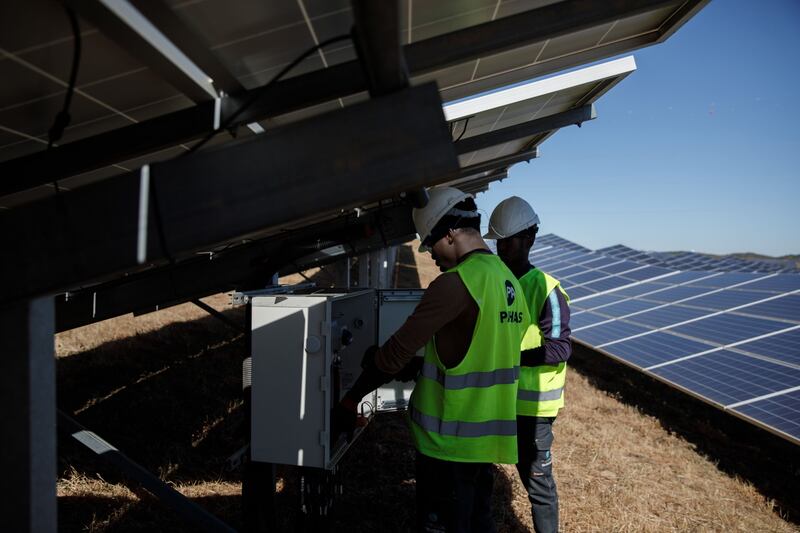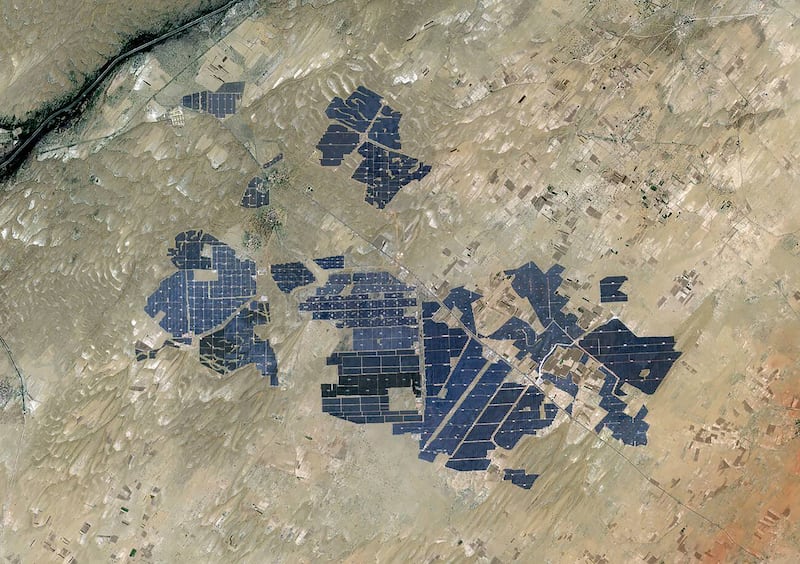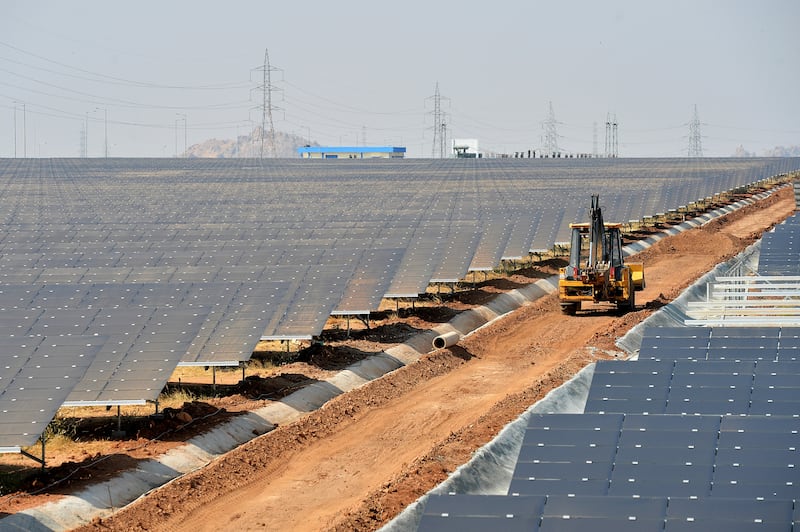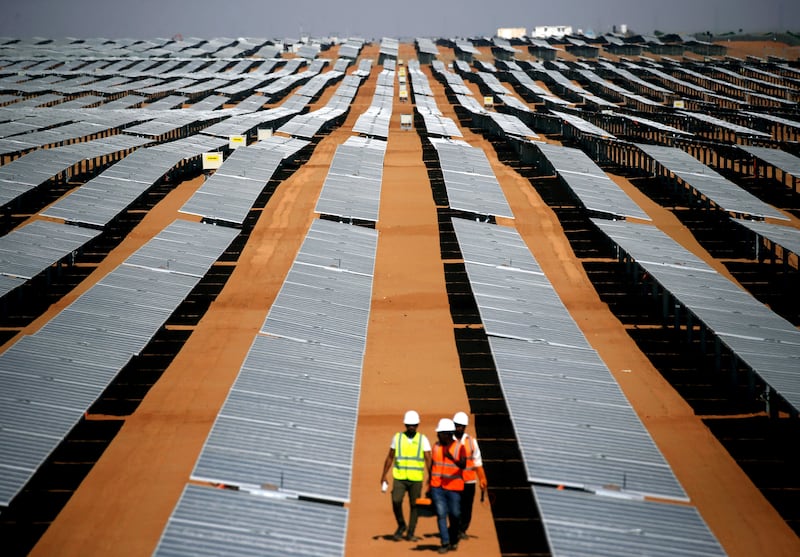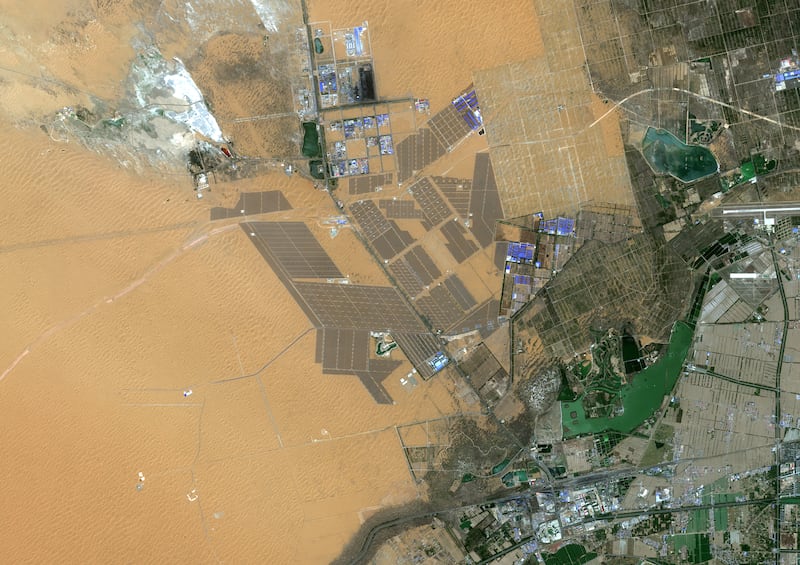Global employment in the renewable energy sector rose nearly 8 per cent last year amid higher investment and growing capacity, a new report has found.
The number of workers employed in the industry increased to 13.7 million in 2022, up from 12.7 million a year earlier, the International Renewable Energy Agency and the International Labour Organisation said on Thursday.
Most of the jobs were concentrated in a few countries such as China, which accounted for 41 per cent of the global total, along with Brazil, the EU, India and the US, the report found.
Irena’s director general Francesco La Camera described it as “another outstanding year for renewable energy jobs, amid multiplying challenges”.
“Creating many more millions of jobs will require a much faster pace of investments in energy transition technologies,” he said.
Solar PV (photovoltaics) was the largest employer, reaching 4.9 million jobs, representing more than a third of the total workforce in the renewable energy sector.
Hydropower and biofuels had similar numbers of jobs as in 2021, around 2.5 million each, followed by wind power with 1.4 million jobs, the report said.
“There is a need to develop and implement specific policies for inclusive macroeconomic growth, sustainable enterprises, skills development, other active labour market interventions, social protection, occupational safety and health and other rights at work, and find new solutions through social dialogue,” said Gilbert Houngbo, ILO director general.
The report said that achieving a fair and inclusive clean energy transition would require integrated frameworks that focus on wages, safety, workers' rights and social dialogue.
It also emphasised the need to expand education and training and increase career opportunities for youths, minorities, and marginalised groups.
“Many countries are showing increased interest in localising supply chains and creating jobs domestically, with support from appropriate industrial policies,” the Irena and the ILO said.
“However, countries will need to find ways to combine localisation efforts with continued global co-operation in pursuit of an ambitious energy transition.”
Renewable power capacity must add an average of 1,000 gigawatts per year by 2030 to meet Paris Agreement goals, according to Irena.
Although global renewable capacity in the power sector grew by a record 300 gigawatts last year, the gap between actual progress and the development required to achieve long-term climate goals has continued to grow, the Abu Dhabi-based agency said in its World Energy Transitions Outlook 2023 in June.
Countries can still reach the goal of net-zero carbon emissions by 2050 but “bolder action” is required this decade to triple renewable energy capacity, the International Energy Agency said in a report this week.
